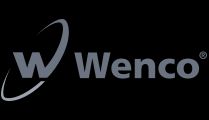The Case for True Openness in Industrial Software
Digital transformation in manufacturing is moving fast, but many teams are stuck with software that’s closed, slow to adapt, or costly to scale. Open source offers a different approach: transparent, flexible, and built for change. For engineering teams solving real problems on the shop floor, it's a smarter foundation.














